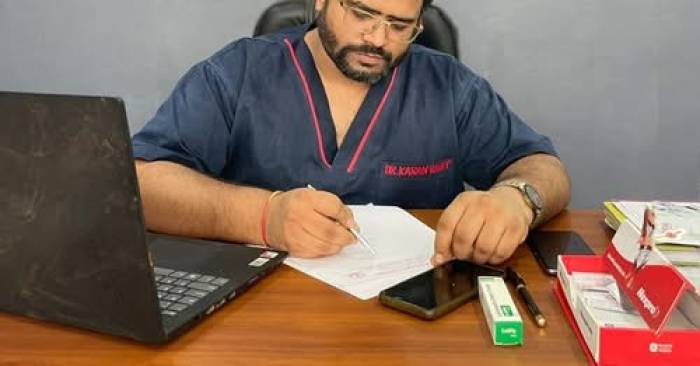
Understanding the Role of Mesh in Hernia Repair Surgery
Hernia repair operations happen often across the globe with surgical mesh now commonly used to help these operations succeed better. This post examines the special role of mesh in hernia operations by discussing both its advantages and possible drawbacks for patients.
Understanding Hernias and Surgical Mesh
When a body organ pushes through a damaged muscle wall area the condition is known as a hernia. The development usually begins in your belly or crotch area. Doctors employ surgical mesh as a medical device to help strengthen damaged tissue during hernia surgery. Hernia repair tools made from specific components or animal parts work to strengthen damaged areas and lower the risk of further damage. A General Surgeon in Agra regularly tells patients they should have mesh-based repair since it works well in the long run.
Advantages of Using Mesh in Hernia Repair
1. Reduced Recurrence Rates
Hernia surgeries with mesh result in fewer patients experiencing the problem returning compared to surgeries without mesh. Research demonstrates mesh reduces hernia recurrence odds by half more effectively than traditional repair methods.
2. Enhanced Strength and Support
Mesh repairs the damaged area by serving as a strong structure that helps spread stress across the treated area and lets tissues bond more effectively. Our surgeons use reinforcement to help stop a hernia from happening again especially during challenging procedures.
3. Faster Recovery and Less Postoperative Pain
People who get hernia repairs that use mesh become healthier faster and have less pain after surgery. The supporting mesh decreases surgical tension so tissue heals better with less effort. The outcomes of hernia repair depend on getting treatment from a Surgeon in Agra who can perform the operation efficiently and with high-quality care.
For expert hernia repair with advanced mesh techniques, consult Dr. Karan R Rawat at Safe Surgery Center. Your safety, comfort, and long-term recovery are our top priority.



